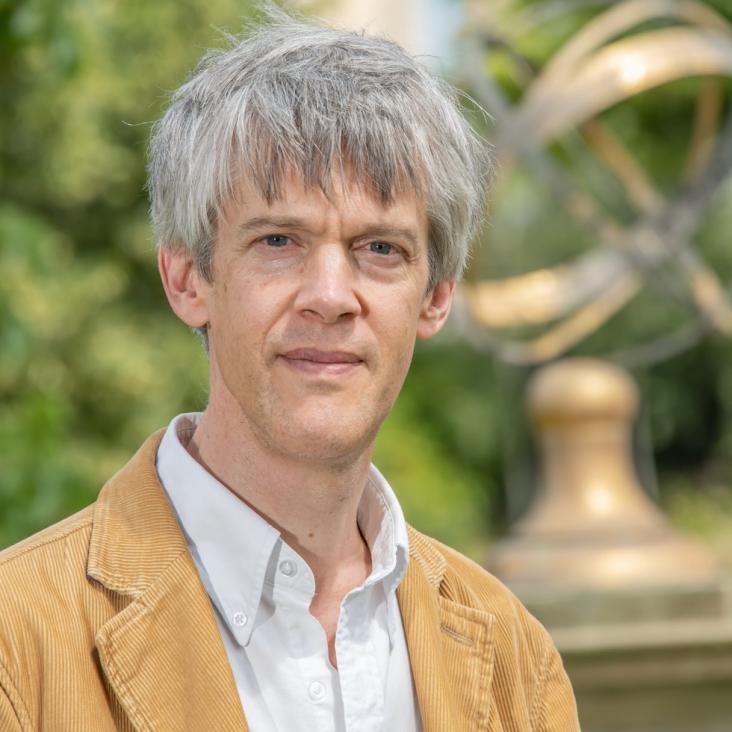Vinča-Belo Brdo, Serbia: The times of a tell
Germania 93:1-2 (2015) 1-75
Abstract:
This paper presents formally modelled date estimates,within a Bayesian chronological frame-work, for the sequence of deposits and material at the great Neolithic tell of Vinca-Belo Brdo near Belgrade, Serbia, on the basis of the first excavations, led by Miloje Vasic (1908-1934). This is part of a three-strand approach to dating the occupation and finds from the tell that is being undertaken as part of The Times of Their Lives project. A total of 85 radiocarbon measurements are now available from known depths through the Vasic sequence at Vinca. A Bayesian chronological model is constructed, using a poisson-process depositional model.A new chronology and probabilistic assessment of sea-level variability over five glacial cycles
17 (2015) 1979
Highly Variable Freshwater Reservoir Offsets Found along the Upper Lena Watershed, Cis-Baikal, Southeast Siberia
Radiocarbon Cambridge University Press (CUP) 57:4 (2015) 581-593
Abstract:
Radiocarbon Dating and the Exodus Tradition
Chapter in Israel's Exodus in Transdisciplinary Perspective, Springer Nature (2015) 81-89
Radiocarbon Dating in Paleoseismology
Chapter in Encyclopedia of Earthquake Engineering, Springer Nature (2015) 2021-2031


